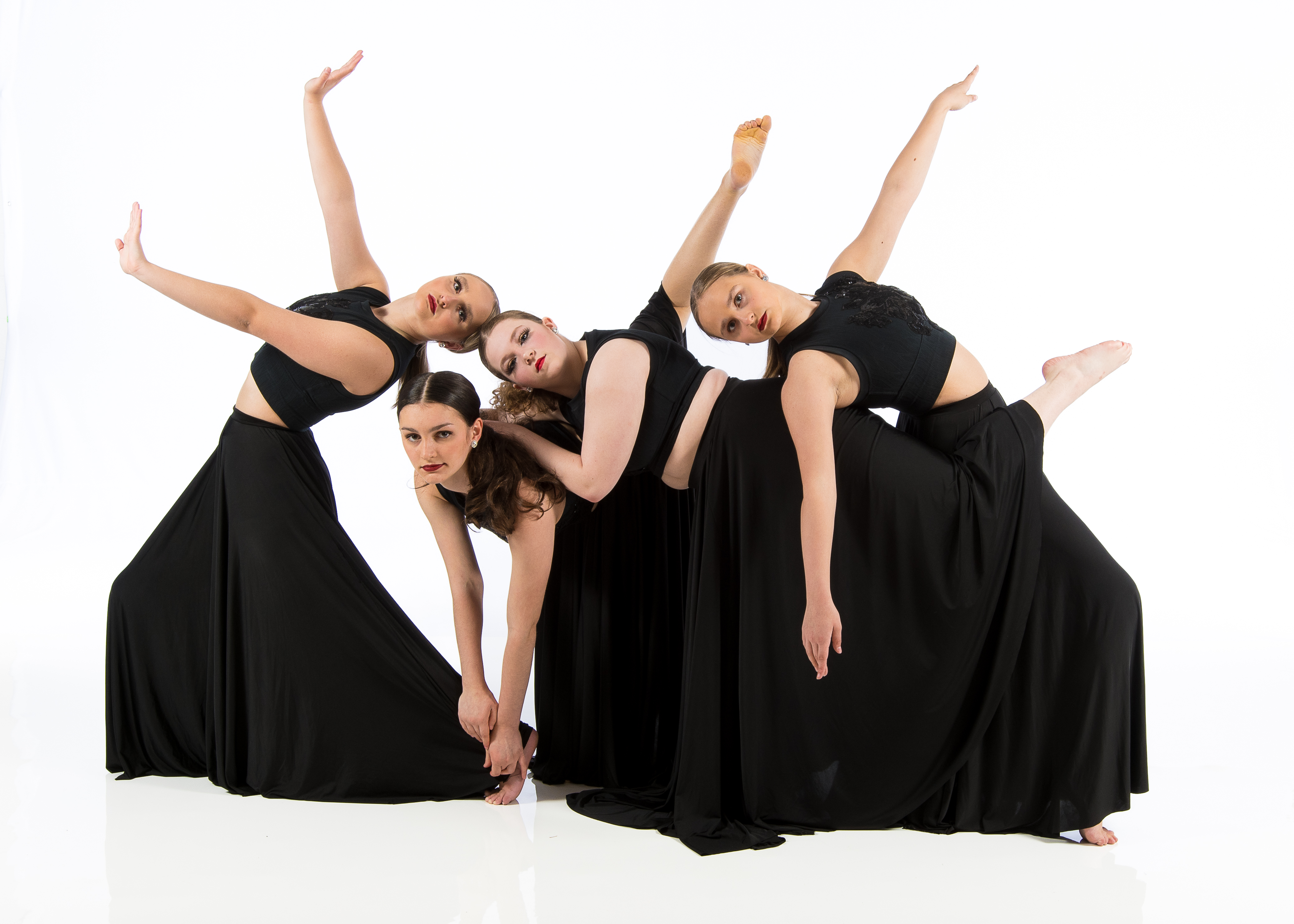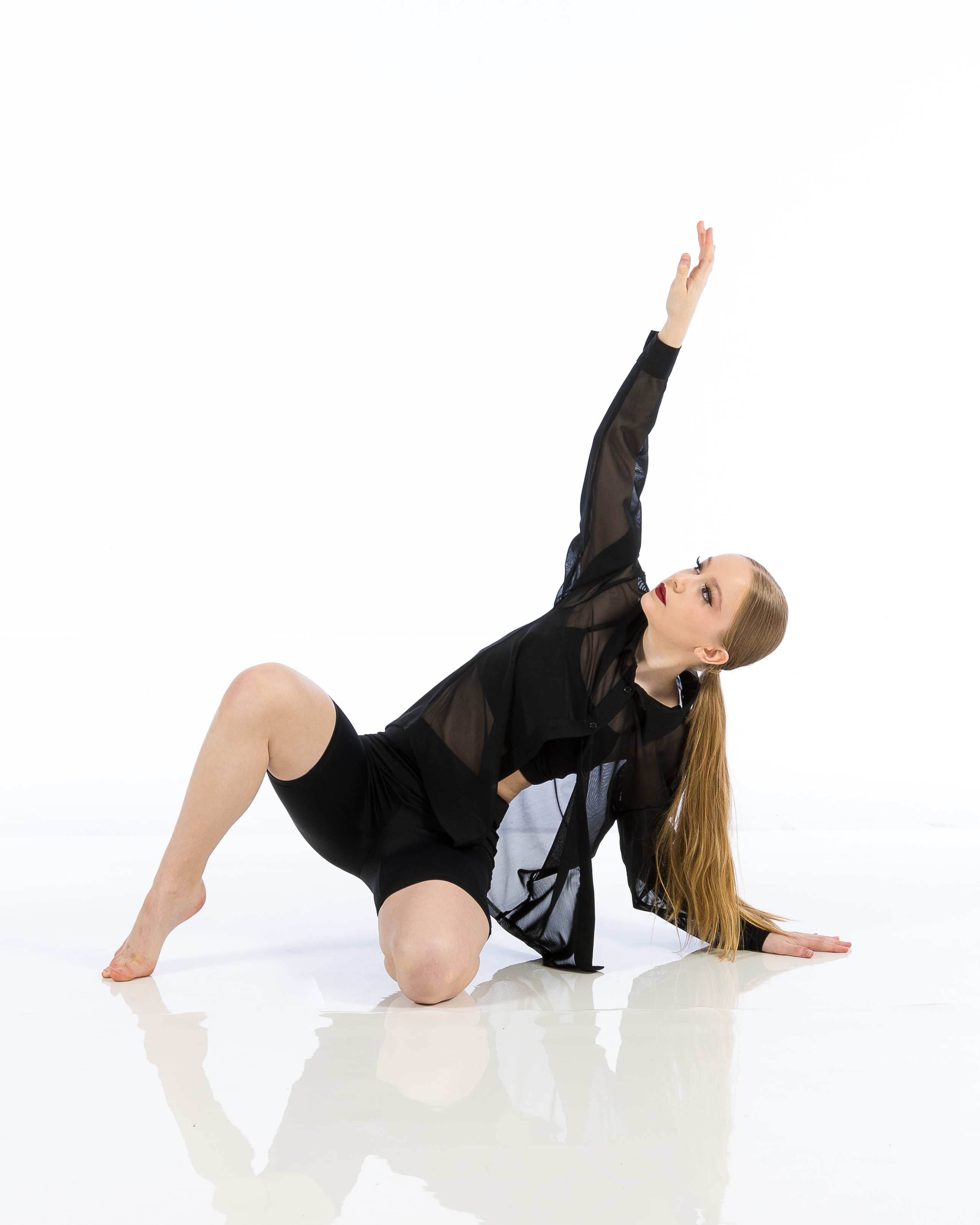Introduction: The Art of Dance and Its Education
Dance, a universal language that transcends culture and time, has enchanted humanity for centuries. From the elegant pirouettes of ballet to the energetic beats of hip-hop, dance serves not just as an art form but also as a powerful medium for expression and connection. As aspiring dancers seek to hone their skills, the choice of a dance academy becomes paramount. But what truly sets quality apart in these institutions? This article aims to answer that question while providing insights into identifying great dance academies.
What Sets Quality Apart? Identifying Great Dance Academies
When it comes to selecting a dance academy, the options can be overwhelming. With so many schools boasting various dance styles and teaching philosophies, how can one discern which academies truly deliver quality education? Let's dive Dance Studio into the essential elements that separate outstanding dance institutions from the rest.
1. Experienced Instructors: The Backbone of Quality
A dance academy is only as good as its instructors. Teachers with years of experience not only impart technical skills but also inspire students through their passion and commitment.
1.1 Credentials Matter
- Look for instructors who have professional performance backgrounds. Certifications from reputable organizations signify expertise.
1.2 Teaching Style
- A good instructor adapts their teaching methods to accommodate different learning styles. Observing a class can provide insights into how effectively instructors engage with students.
2. Curriculum Diversity: A Holistic Approach
Great dance academies offer a diverse curriculum that encompasses various styles and techniques, allowing students to explore their interests fully.
2.1 Exposure to Multiple Genres
- Exposure to genres like ballet, contemporary, jazz, hip-hop, and more can foster versatility in dancers.
2.2 Structured Progression
- Programs should have clear progression paths—from beginner to advanced levels—ensuring that students are consistently challenged and motivated.
3. Facilities: Infrastructure That Enhances Learning
The physical environment plays a significant role in a dancer's experience at an academy.
3.1 Studio Quality
- Spacious studios with proper flooring can prevent injuries and facilitate better movement.
3.2 Equipment Availability
- Access to mirrors, barre equipment, sound systems, and other resources is crucial for effective learning.
4. Performance Opportunities: Putting Skills into Practice
A hallmark of quality dance education is providing students with opportunities to perform.
4.1 Recitals and Competitions
- Regular recitals allow students to showcase their hard work.
4.2 Community Engagement
- Involvement in community performances fosters confidence and real-world experience.
5. Student Support Services: Nurturing Growth
Quality academies recognize that education extends beyond just technique; they support emotional and social growth too.
5.1 Mentorship Programs
- Pairing students with mentors can guide them through challenges both inside and outside the studio.
5.2 Wellness Resources
- Offering workshops on mental health or nutrition demonstrates a commitment to holistic student development.
6. Alumni Success: A Testament to Quality Education
The success stories of alumni often reflect the quality of training they received at their respective academies.
6.1 Tracking Alumni Careers
- Schools should celebrate their graduates’ achievements in professional companies or related fields.
6.2 Networking Opportunities
- Building connections within the industry helps current students envision potential career paths.
7. Inclusive Culture: Fostering Belonging
A great dance academy cultivates an environment where every student feels valued and included regardless of background or ability level.
7.1 Diversity Initiatives
- Actively promoting diversity in classes enriches the learning experience for all involved.
7.2 Supportive Community
- Encouraging collaboration over competition creates a positive atmosphere conducive to growth.
8. Feedback Mechanisms: Continuous Improvement
Constructive feedback is vital for growth in any artistic discipline; hence quality academies implement systematic feedback mechanisms.
8.1 Regular Assessments
- Scheduled evaluations help track progress while providing insight into areas needing improvement.
8.2 Open Communication Channels
- Encouraging dialogue between instructors and students fosters an environment where everyone can thrive together.
FAQs About Dance Academies
Q1: How do I choose the right dance academy for my child?
A: Consider factors such as instructor qualifications, curriculum offerings, facilities, performance opportunities, and overall culture before making your choice.

Q2: Are all dance academies the same?
A: No! Dance academies vary greatly regarding teaching methods, styles offered, facility quality, and additional support services provided.
Q3: How important is performance experience in a dance academy?
A: Extremely important! Performance offers practical experience which is crucial for developing stage presence and confidence as a dancer.

Q4: Should I focus on one style of dance or explore multiple styles?
A: Exploring multiple styles can enhance versatility; however, if you have a particular passion or goal (like ballet or hip-hop), focusing on that may be beneficial initially.
Q5: What should I look for in terms of facilities at a dance academy?
A: Prioritize spacious studios with appropriate flooring (e.g., sprung floors), proper mirrors for technique checks, sound systems for music playbacks, etc., which aid learning experiences significantly!
Q6: Can adult learners benefit from joining a dance academy?
A: Absolutely! Many academies offer specialized programs tailored specifically for adults who wish to learn new skills or refine existing ones while enjoying community connections through dancing!
Conclusion
In summary, identifying great dance academies involves examining several critical factors—from experienced instructors who nurture talent effectively to diverse curricula that challenge students creatively while fostering inclusivity within classrooms—it’s essential not only just about learning moves but also growing personally & artistically through mentorships & peer collaborations! Prospective dancers must do thorough research before enrolling so as not just settle on any institution but find one that resonates deeply with them & supports their unique journeys towards becoming accomplished performers in this beautiful world we call “dance.” Remember—quality matters immensely when it comes down choosing where you’ll spend countless hours honing your craft; make sure those hours are spent wisely!
This article provides valuable insights into what sets quality apart when identifying great dance academies—an essential guide for anyone looking to embark on their dancing journey!